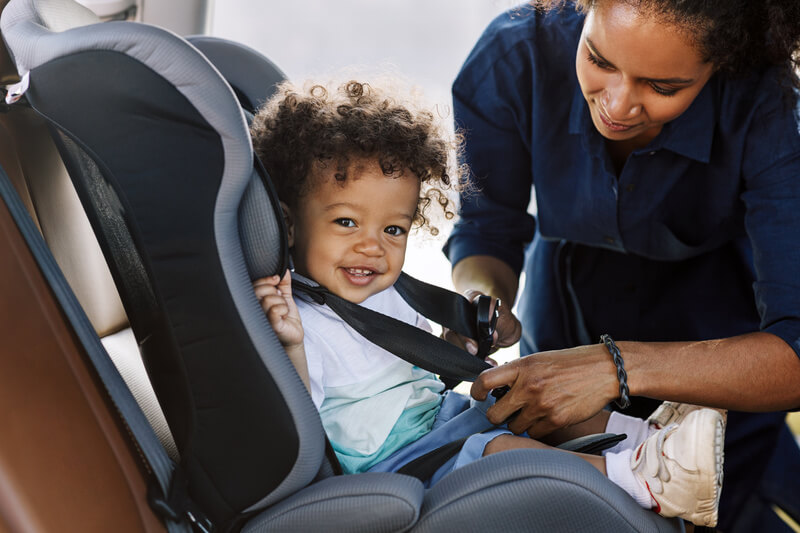
Updated On: October 03, 2023
Amid the packing of suitcases, booking of reservations, and everything else that goes into family travel, another thing may be on your mind: how are you going to manage traveling while also maintaining your breastfeeding relationship with your child?
Travel can throw new schedules, new locations, and new people into the mix of your breastfeeding life. Whether you’re heading to a fun destination with loved ones, going on your first trip as a family, or planning your first solo outing since becoming a parent, you may find yourself feeling anxious about how it will go.
Regardless of how—and with whom—you’re traveling, with thoughtful preparation and a few travel hacks, you can preserve your breastfeeding relationship with your child and protect your milk supply while still enjoying your time away from home. Follow this guide to easily navigate breastfeeding while traveling.
When you’re breastfeeding while on the road (or in the air), the best way to preserve your supply while traveling is to stick to your regular breastfeeding or pumping schedule throughout your trip. You may be in new spaces that are distracting for your baby and with friends or family you don’t see often (and who may share unsolicited advice), but resist the temptation to skip sessions amid the hustle and bustle of your trip. You’ll want to stick to a routine even if you’re traveling without your baby to keep your supply up. If you find yourself in a time crunch remember that a shorter pumping or nursing session is better for your supply than skipping one!
Feel free to breastfeed in a way that feels comfortable and familiar to you. Breastfeeding in public is legal in all 50 states as well as in the District of Columbia, Puerto Rico, and the Virgin Islands, and nursing covers are not required (although you can wear one if you prefer!).
If you’re traveling by car with a baby, anticipate that your trip will take longer than normal. Because you’ll need to stop and feed your baby often, travel time can quickly add up. To save time while traveling, you may choose to drive overnight or during a time when your child tends to have longer stretches of sleep. (Just be careful to stop and sleep in a safe location when you are tired, too!)
For parents exclusively breastfeeding, planning your stops ahead of time can help make your trip less stressful. For instance, you may choose restaurants to stop and eat at while breastfeeding to capitalize on your time, or you may identify gas stations or rest stops with designated breastfeeding areas or play areas for older kids. This kind of foresight can prevent additional stops for bathroom breaks or gas on top of breastfeeding breaks.
If you’re planning on pumping during your trip, investing in a car adapter or battery-powered pump can allow you to pump in the car. For those traveling with a partner, a car or battery adapter, wearable pump, or manual breast pump can give you the flexibility to pump while riding, saving time during feeding stops.
Remember, if you’re traveling by car, it’s safest to feed your baby while the car is completely stopped. By law, infants must remain in a car seat while the car is moving. Even if you are pumping and bottle feeding, waiting to feed until you’re stopped is best practice. In the case of a crash, a loose bottle could injure your baby, and there’s an increased risk of choking while eating in a car seat.
Traveling by air comes with its own challenges, but with the right gear and some planning ahead, you can find time to breastfeed while flying.
Although infants under the age of two can travel for free in the lap of an adult, you may want to consider purchasing a seat for your child. Paying for a seat will allow your child to travel in a car seat, which is safer for your baby (and may allow you some rest). According to the Federal Aviation Administration, not all car seats can be used on airplanes, so check your car seat for text that says it is approved for aircraft, consult the owner’s manual, or purchase an approved car seat before traveling.
If you’re planning on breastfeeding while in the air, you may want to choose a window seat for the most privacy if that is a concern for you. (Alternatively, you may choose an aisle seat for increased legroom and easier access to the bathroom!) Keep in mind that most airlines require you to purchase a window seat if you are using a car seat so the car seat does not block anyone from evacuating their seat quickly in an emergency. For lap infants, scheduling your breastfeeding sessions during takeoff and landing can help your child feel more comfortable during cabin pressure changes since the sucking motion can reduce ear pain.
The Travel and Safety Administration (TSA) has special rules for traveling by air with breast milk, formula, or other child-feeding supplies. Breast milk and formula can be transported in a carry-on bag in larger quantities than other liquids—and your baby doesn’t even need to be traveling with you to transport infant feeding supplies.
However, you may be required to open your milk storage containers while going through security, and TSA agents may test a small amount of the milk for liquid explosives. Storing milk in clear plastic containers may help make the screening process easier, though.
Most airlines will also allow you to bring an extra carry-on bag at no charge for the transport of breastmilk, but be sure to contact your airline or check out their website for more information on this prior to your departure as this can vary.
If you’re exclusively pumping or traveling without your child, it’s possible to maintain your breast milk supply by consistently pumping while traveling—but you can make it easier with a few simple tricks.
Traveling with a manual pump or external battery pack can be helpful in case you lack access to power outlets while traveling. If you’re traveling internationally, purchase an outlet adapter to ensure that you can use your breast pump abroad. Some parents may find a wearable cordless breast pump to be convenient while traveling since these can be worn in a bra while driving or flying.
If you’ll be pumping more than once while traveling, don’t forget to pack cleaning supplies for your pump bottles and parts. You’ll also need a plan for safely storing and handling your breast milk throughout your travels. Expressed breast milk can be safely left at room temperature for up to four hours.
If you’ll be without access to a refrigerator for longer than a few hours, you should pack a portable cooler to store your breast milk. If you’re traveling by air, be sure to pack extra ice in case you experience any flight delays. In a pinch, you can also ask for some ice for your cooler or hot water to clean bottles at an airport restaurant or cafe, or even onboard the plane.
Road trips or air travel with an infant shouldn’t come at the expense of your breastfeeding relationship. Here are some breastfeeding hacks to keep in mind for a successful, stress-free trip:
Breastfeeding challenges can arise at any time of the day or in any location—that’s why Nest Collaborative’s online international board-certified lactation consultants (IBCLCs) offer convenient online video lactation consultant appointments for parents during the day and after hours.
To book an online appointment with a Nest Collaborative IBCLC, visit our website.
